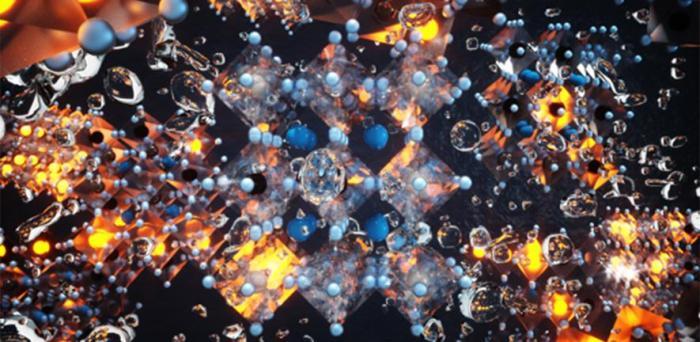The researchers, led by the University of Cambridge and the Technical University of Munich, found that by swapping one out of every one thousand atoms of one material for another, they were able to triple the luminescence of a new material class of light emitters known as halide perovskites.
This ‘atom swapping’, or doping, causes the charge carriers to get stuck in a specific part of the material’s crystal structure, where they recombine and emit light. The results, reported in the Journal of the American Chemical Society, could be useful for low-cost printable and flexible LED lighting, displays for smartphones or cheap lasers.
Many everyday applications now use light-emitting devices (LEDs), such as domestic and commercial lighting, TV screens, smartphones and laptops. The main advantage of LEDs is they consume far less energy than older technologies.
Ultimately, also the entirety of our worldwide communication via the internet is driven by optical signals from very bright light sources that within optical fibres carry information at the speed of light across the globe.
The team studied a new class of semiconductors called halide perovskites in the form of nanocrystals which measure only about a ten-thousandth of the thickness of a human hair. These ‘quantum dots’ are highly luminescent materials: the first high-brilliance QLED TVs incorporating quantum dots recently came onto the market.
Image: Artist’s impression of glowing halide perovskite nanocrystals
Credit: Ella Maru Studio
Reproduced courtesy of the University of Cambridge
